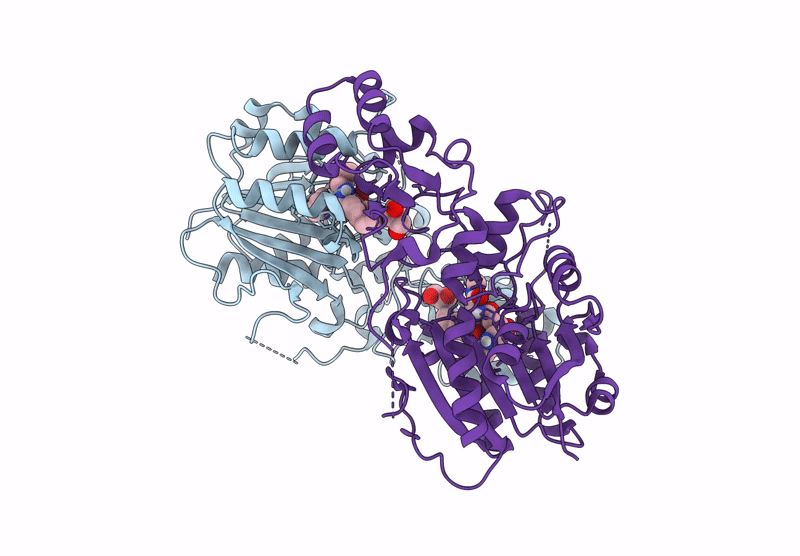
Deposition Date
2024-11-20
Release Date
2025-08-27
Last Version Date
2025-09-10
Method Details:
Experimental Method:
Resolution:
2.60 Å
R-Value Free:
0.24
R-Value Work:
0.19
R-Value Observed:
0.20
Space Group:
P 21 21 21


